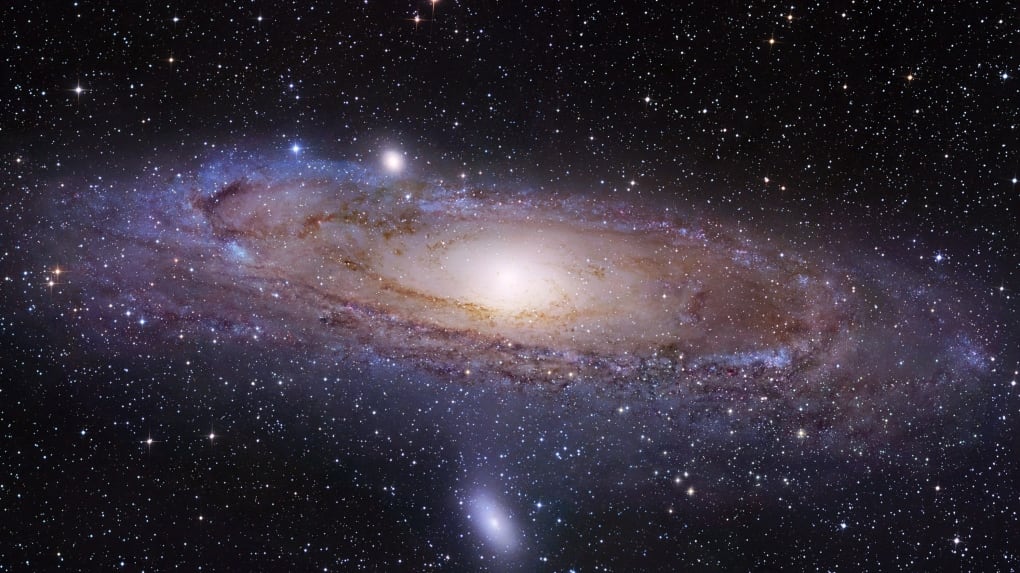TORONTO — For Hubble Telescope’s 30th birthday, NASA is giving the public a gift — a new online tool that allows you to see a photo of deep-space that the telescope took on your birthday.
“What Did Hubble See on Your Birthday?” is the name of the new page on NASA’s website. It prompts you to input the day and month that you were born, and then finds a photo of the cosmos that was taken on that day during Hubble’s 30 years in space.
The dazzling images range from galaxies, to nebulas, space gases, and star clusters.
For example, if today, April 11, is your birthday, you would see an infrared image of the centre of the Milky Way itself, a fiery red band of twisting star structures taken in 2008.
The photos come with a brief description and a link to a bigger version of the image so users can learn more about it.
The Hubble Space Telescope was first launched in 1990 as a project of international cooperation between the European Space Agency (ESA) and NASA. It was the first major telescope to be put in space, and has been hurtling around Earth ever since.
The telescope doesn’t propel itself around the galaxy. It orbits Earth at about 27,400 km per hour and uses this vantage point above the cloud layer to peer deep into space.
The telescope, named for American astronomer Edwin P. Hubble, is about the size of a large school bus, and weighs as much as two “full-grown African elephants,” according to NASA.
Since its launch, it has taken more than a million photos, and played a critical role in advancing our understanding of the universe.
According to NASA’s website, one of the main discoveries Hubble helped with was the “discovery that the expansion of the Universe is accelerating.”
The page allowing users to discover their birthday photo encourages users to share the image with the hashtag #Hubble30 in order to celebrate the telescope’s birthday.
This new tool is only one of Hubble’s birthday celebrations. While many of the celebrations have had to be cancelled due to COVID-19, NASA has put out a commemorative calendar showcasing some never before seen images taken by the telescope.



































































































